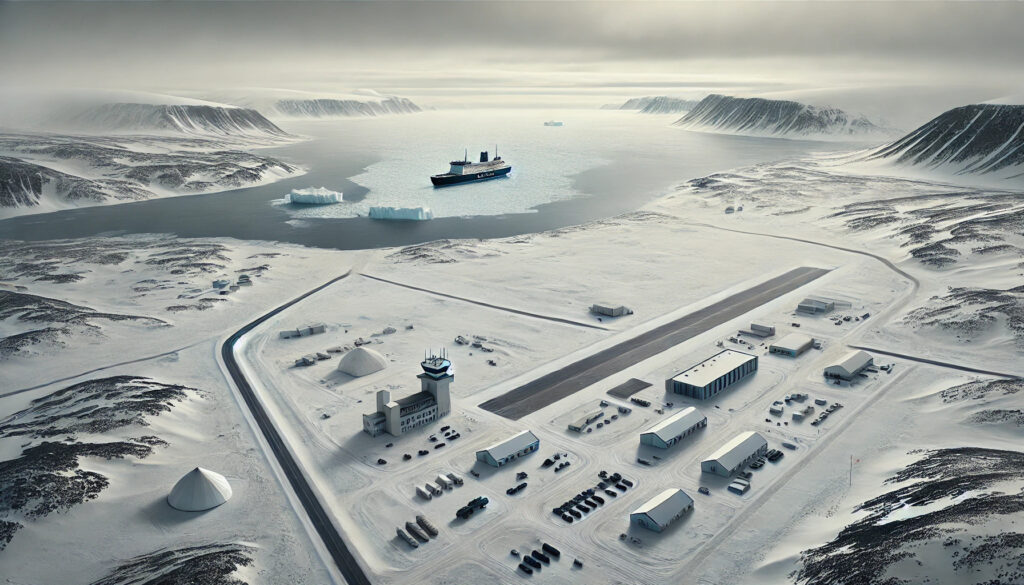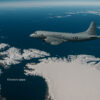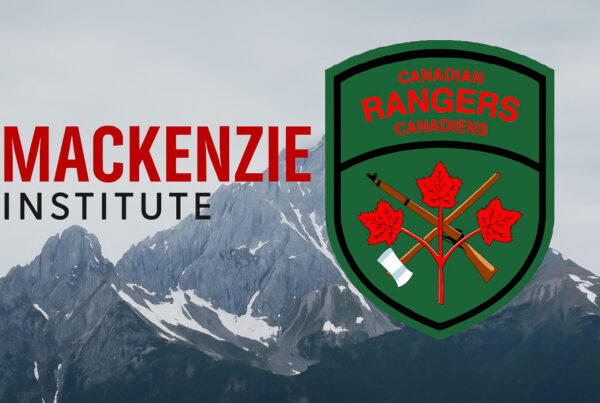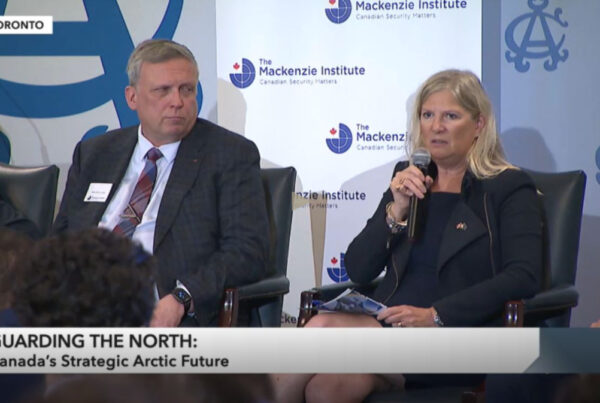 Conservative Leader Pierre Poilievre has announced a sweeping initiative to bolster Canada’s Arctic defenses, committing to the establishment of a permanent Arctic military base, the expansion of the Canadian Rangers, and the acquisition of additional icebreakers. His plan would be funded by cuts to foreign aid, redirecting resources toward securing Canada’s northern frontier.
Conservative Leader Pierre Poilievre has announced a sweeping initiative to bolster Canada’s Arctic defenses, committing to the establishment of a permanent Arctic military base, the expansion of the Canadian Rangers, and the acquisition of additional icebreakers. His plan would be funded by cuts to foreign aid, redirecting resources toward securing Canada’s northern frontier.
This announcement, made in Iqaluit, NU, highlights Poilievre’s strategy to fortify Canada’s sovereignty in the Arctic. The plan includes doubling the Canadian Rangers from 2,000 to 4,000 members, procuring two additional polar icebreakers, and advancing the development of two heavy icebreakers by 2029—projects that have stalled under the current Liberal government.
Poilievre’s proposed Arctic military base would be Canada’s first permanent northern installation since the Cold War, aiming to provide both military security and economic opportunities for northern communities. This base would serve as a hub for Canadian Armed Forces operations, including hosting F-35 fighter jets and Poseidon P-8 aircraft for search and rescue, anti-submarine warfare, and intelligence missions.
A Legacy of Northern Military Presence
Canada has a storied history of Arctic defense, dating back to the Cold War era when the Distant Early Warning (DEW) Line was established to detect Soviet incursions. Frobisher Bay, now Iqaluit, played a crucial role as a strategic airbase supporting NATO operations. However, since the gradual dismantling of these installations, Canada has lacked a sustained military presence in the north, allowing rival nations, particularly Russia, to expand their influence.
The Nanisivik Naval Facility, expected to become operational this year, will provide a limited Arctic presence but is primarily a refueling station rather than a full-fledged base for sustained operations. Meanwhile, Russia has outpaced NATO in Arctic militarization, reopening Soviet-era bases and bolstering its fleet with Arctic-adapted submarines and icebreakers.
The Strategic Importance of Arctic Trade and Infrastructure
Beyond defense, Poilievre’s proposal emphasizes long-term settlement and trade development. Arctic trade routes, once hindered by extreme conditions, are becoming increasingly viable due to climate change and technological advancements. Strengthening Arctic infrastructure—including airstrips, roads, and ports—is vital for both national security and economic growth. However, constructing an Arctic base presents significant engineering challenges, particularly in permafrost conditions. The region’s severe weather requires specialized building techniques, a lesson learned from past projects like the Distant Early Warning Line and Frobisher Bay Air Base.
Investment in Arctic aviation is also critical. Canada’s northern airports serve as lifelines for remote communities and are essential for military logistics. Improving and expanding these facilities will not only enhance security but also facilitate trade and emergency response capabilities in an increasingly contested region.
Icebreakers, Submarines, and Sovereignty
Canada’s reliance on icebreakers to secure northern waters is well-documented, yet its fleet lags behind Russia’s vast Arctic navy. Poilievre’s plan to acquire two additional polar icebreakers—alongside the Irving shipbuilding program’s ongoing heavy icebreaker projects—represents a step toward closing this gap. However, naval experts argue that a strengthened submarine fleet is equally crucial for monitoring Arctic waters and deterring foreign incursions.
Chinese research vessels and Russian military expansion highlight the need for increased Arctic patrols. The Department of National Defence has already expressed concerns over foreign probes in Canadian waters, reinforcing the urgency of Poilievre’s proposed initiatives. To further enhance security and early detection capabilities, Canada could leverage emerging technologies such as quantum informetric radar, which offers improved communication and surveillance in the challenging Arctic environment. This advanced radar system would provide superior detection of threats, ensuring a more proactive approach to safeguarding Canadian sovereignty.
Funding a Sovereign North
Poilievre has positioned his Arctic expansion as a fiscally responsible initiative, asserting that its entire cost will be covered by reductions in foreign aid. His plan aligns with a broader conservative vision of national self-reliance, echoing his sentiment that “we cannot count on the Americans to do it for us anymore.”
By prioritizing Arctic sovereignty, economic development, and military readiness, Poilievre’s proposal aims to ensure that Canada remains a dominant force in the region. The resurgence of Arctic geopolitics demands a renewed commitment to defense and infrastructure—one that acknowledges both the historical significance and future potential of Canada’s northern frontier.








